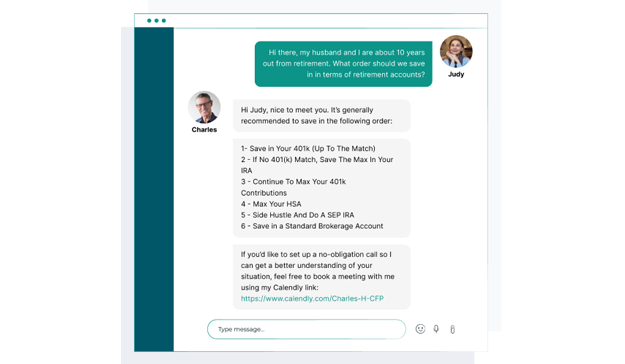Cost accounting goal congruence refers to the degree to which cost accounting goals are consistent with one another. It describes how a company will measure performance, direct activities, and communicate financial information. Cost accounting systems can track many different areas of a business. Cost accounting goals can be incongruent or in conflict with one another. Cost management systems should achieve goal congruence, where different areas of the company agree to use common measurements and financial information. Cost accountants work with other departments within an organization to align their cost analysis efforts. It is an important part of Cost Accounting Goal Congruence because this should be consistent across Cost Accounting Standards.
Cost performance measures help employees compare different Costing Goals that are measured with different Costing Standards. If there are incongruences between Cost Performance Measures, Cost Accountants can develop Cost Accounting Standard procedures to ensure Cost Performance Measures are more consistent.Why Does It Matter?
How Do You Measure It?
Cost Index
Companies can receive a numerical value for each Cost Accounting Goal they track.
The numerical values are averaged to calculate a Cost Index for each Cost Accounting goal. Cost Profiles
Companies can also track Costing Goals using a system of Cost Profiles.
Cost profiles contain an array of information about each Cost Accounting Goal’s cost components, management, and budgeting.
When Cost Accounting Goals have the same Cost Profiles, it means they are managed similarly. If they have different Cost Profiles, then they are managed very differently. Benefits of Achieving Cost Accounting Goal Congruence
Types of Cost Accounting Goal Congruence
There are two types of Cost Accounting Goal Congruence: Cost Accounting Standard Congruence and Cost Performance Measure Congruence.Cost Accounting Standards Congruence
Cost Performance Measure Congruence
Examples of Cost Accounting Goals That May Be Incongruent
Some Cost Accounting Goals that may be incongruent include:Product Costing
This is a Cost Accounting Goal that has a Cost Profile of specific product inventory cost. This Cost Performance Measure should have Costing Standards for direct materials and conversion costs.Process Costing
This is a Cost Accounting Goal that has a Cost Profile of specific process inventory cost. This Cost Performance Measure should have Costing Standards for direct materials, direct labor, and overhead costs.Plant-Wide Cost Analysis
Tips to Achieve Cost Accounting Goal Congruence
There are several steps Cost accountants can take to ensure Cost Accounting Goals are consistent:
Key Takeaways
Goal Congruence FAQs
This is when costing standards and cost profiles are consistent across cost accounting goals.
It matters because costing standards and cost performance measures should be accurate and consistent across cost accounting goals, which should have costing standards.
Companies can track costing goals using cost accounting cost profiles.
There are several benefits, including cost accountants developing costing standards that reflect cost accounting goal congruence and ensuring cost performance measures are accurate and consistent across cost accounting goals.
Some cost accounting goals that may be incongruent include the following: Product Costing Cost Accounting Goal, Process Costing Cost Accounting Goal, and Plant-Wide Cost Analysis Cost Accounting Goal.
True Tamplin is a published author, public speaker, CEO of UpDigital, and founder of Finance Strategists.
True is a Certified Educator in Personal Finance (CEPF®), author of The Handy Financial Ratios Guide, a member of the Society for Advancing Business Editing and Writing, contributes to his financial education site, Finance Strategists, and has spoken to various financial communities such as the CFA Institute, as well as university students like his Alma mater, Biola University, where he received a bachelor of science in business and data analytics.
To learn more about True, visit his personal website or view his author profiles on Amazon, Nasdaq and Forbes.













